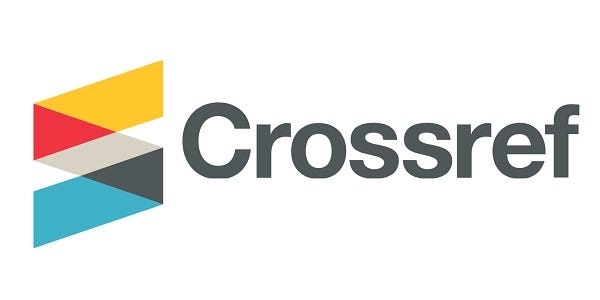THE USAGE FACTORS OF CODE SWITCHING IN TEACHING INTERACTION OF ENGLISH CLASS
DOI:
https://doi.org/10.47080/jeltl.v1i1.21Keywords:
Factors, code switching, teaching interaction, English class.Abstract
The objective of this research is to gain a deep understanding and to know the use of code-switching done by lecturers and students in interaction when learning process in English class. Sub focus in this study is to determine the factors behind the use of code switching used by both speakers and partners said that in this case the interaction between lecturers and students when learning process in English class. This research was conducted on campus of State Islamic University Faculty in second semester.This research is a qualitative research using ethnographic method. The researcher examines the factors behind the use of code switching in interaction when learning process in the classroom. The research procedure by collecting data, processing, analyzing, and then presenting data objectively about the phenomenon of code switching in the interaction of teaching in English class. The use of documents on the grounds that: for a stable source, useful as a proof, because of its scientific, non-reactive nature, and the result of document review will open up the opportunity to further expand the growth and development of knowledge of something investigated. (4) The data in the research are: words, phrases, and sentences from informants as mentioned above. Data collection techniques are: (1) Observation. The tool used to assist this observation is the tape recorder. (2) Interview. (3) Documentation. The result of the research shows that there are seven factors that have been found related to the use of code switching: (1) factor of language limitations, (2) habit factor, (3) factor explaining something, (4) reflex factor, (5) base factor (entertainment), (6) factors of concern, (7) factors influenced by good speech partners between lecturers with students or students with other students.
Downloads
References
Christa van der Walt (Stellenbosch University), Journal for Language Learning Perlinguagm 2009 25 (1): 30-43 http://dx.doi.org/10.5785/25-1-27.
Engku Haliza Engku Ibrahim (International Islamic University Malaysia, Malaysia), English Language Teaching; Vol. 6, No. 7; 2013. Published by Canadian Center of Science and Education. doi:10.5539/elt.v6n7p139.
Gyl, Mattioli. “On Native Language Intrusions and Making Do with Words: Linguistically Homogenous Classrooms and Native Language Use.” English Teaching Forum. Vol. 42 No. 4, October 2004.
Hancock, M. Behind classroom code-switching. Layering and language choice in L2 learner interaction. TESOL Quarterly 31 (2), 1997.
Haugen, E. The Norwegian language in American: A Case Study in billigual behavior. Bloomington: Indiana university press, 1969.
Heller, Monica (Editor). Codeswitching. Berlin: Mouton de Gruyter, 1988.
Indra, I.B.K. Faktor Pendukung Terjadinya Campur Kode dalam Pementasan Drama Gong di Bali. Aksara, XIX (31), 35 – 43, 2008.
Jendra, M.I.I. Sosiolinguistics. Yogyakarta: Graha Ilmu. 2001.
Kentjono, Djoko (Ed). Dasar-Dasar Linguistik Umum. Jakarta: Fakultas Sastra UI.1982.
Mackey, W.P. 1070. The Description of Billinualism. Dalam J.A Fishman (Ed.)
Martin-Jones, Marylin.“Code-switching in the Classroom.” Dalam Milroy, Lesley & Peter Muysken (Editor.). One Speaker, Two Languages. Cambridge: Cambridge University Press. 1995.
Sitti Maryam Hamid (English Education Department, Faculty of Teacher Training and Education Muhammadiyah University of Makassar), Exposure Jurnal. Vol. 5 No. 2 November 2016. http://dx.doi.org/10.26618/ejpbi.v5i2.846.
Suwito. Sosiolinguistik: Teori dan problema. Surakarta: Kenary offset. 1983.
Stern, H. H. Fundamental Concepts of Language Teaching. Oxford: Oxford University Press. 1994.
Winreich, Uriel. Languages in Contact: Finding and Problem. New York: Mouton Publishers the Houge.1963.






